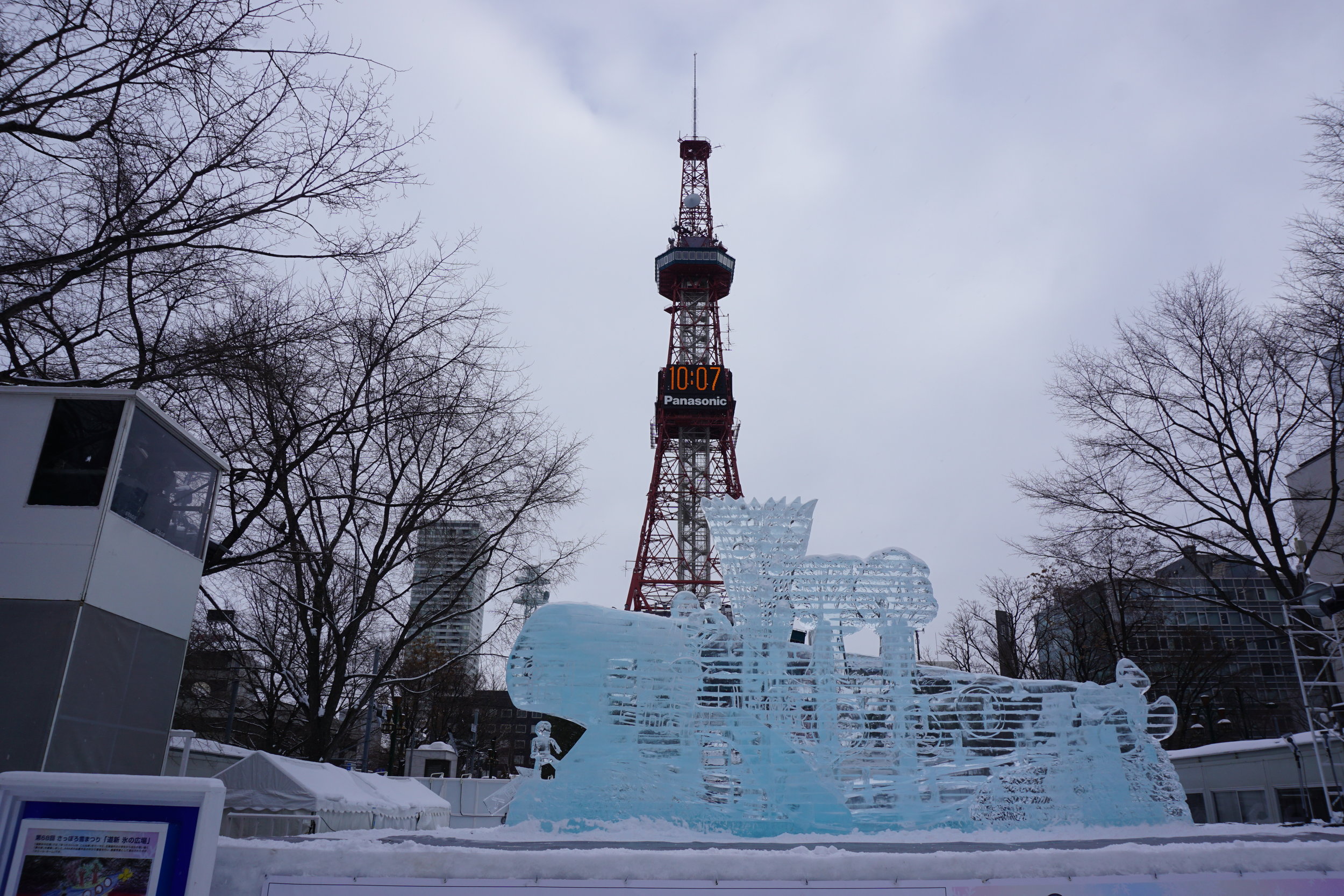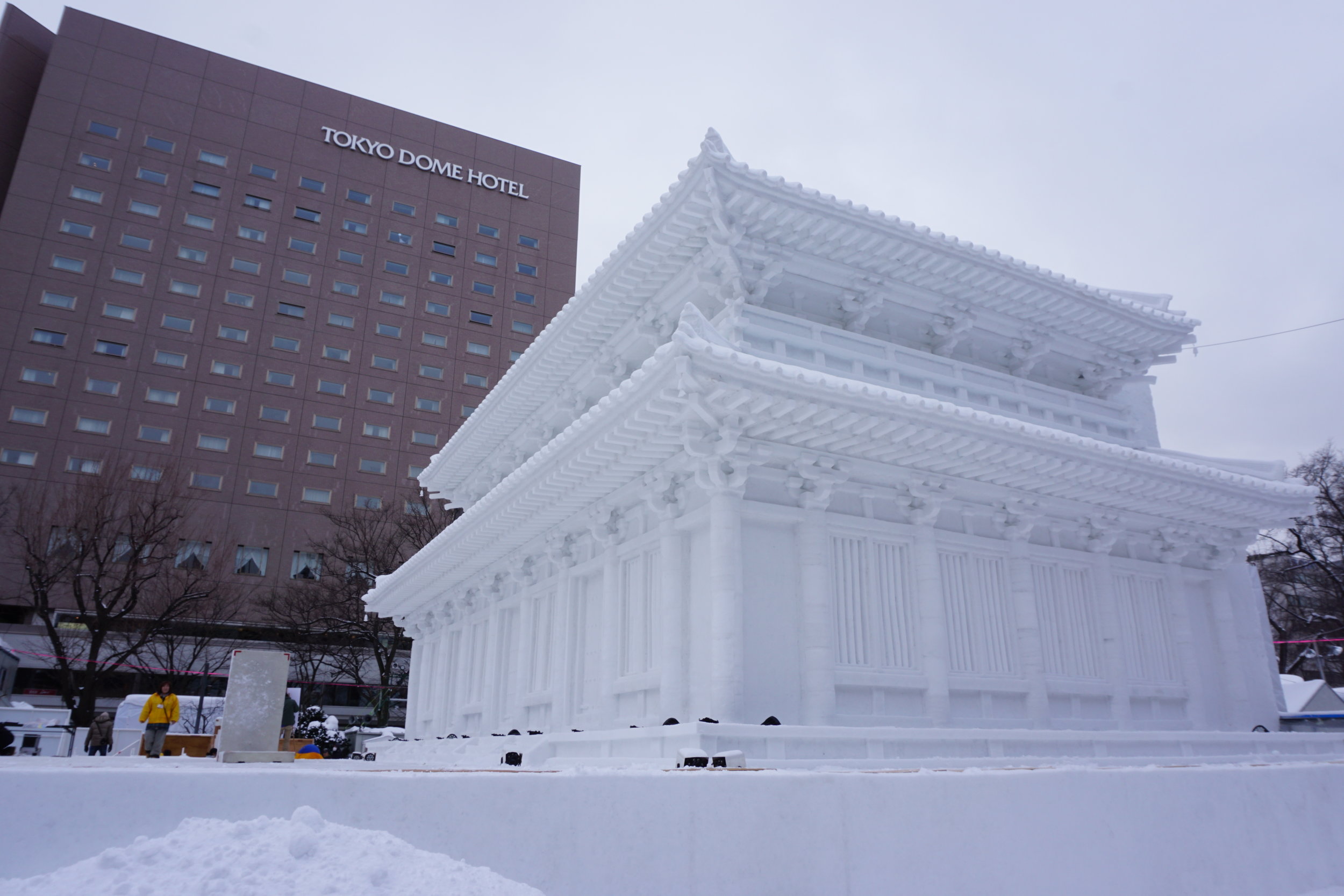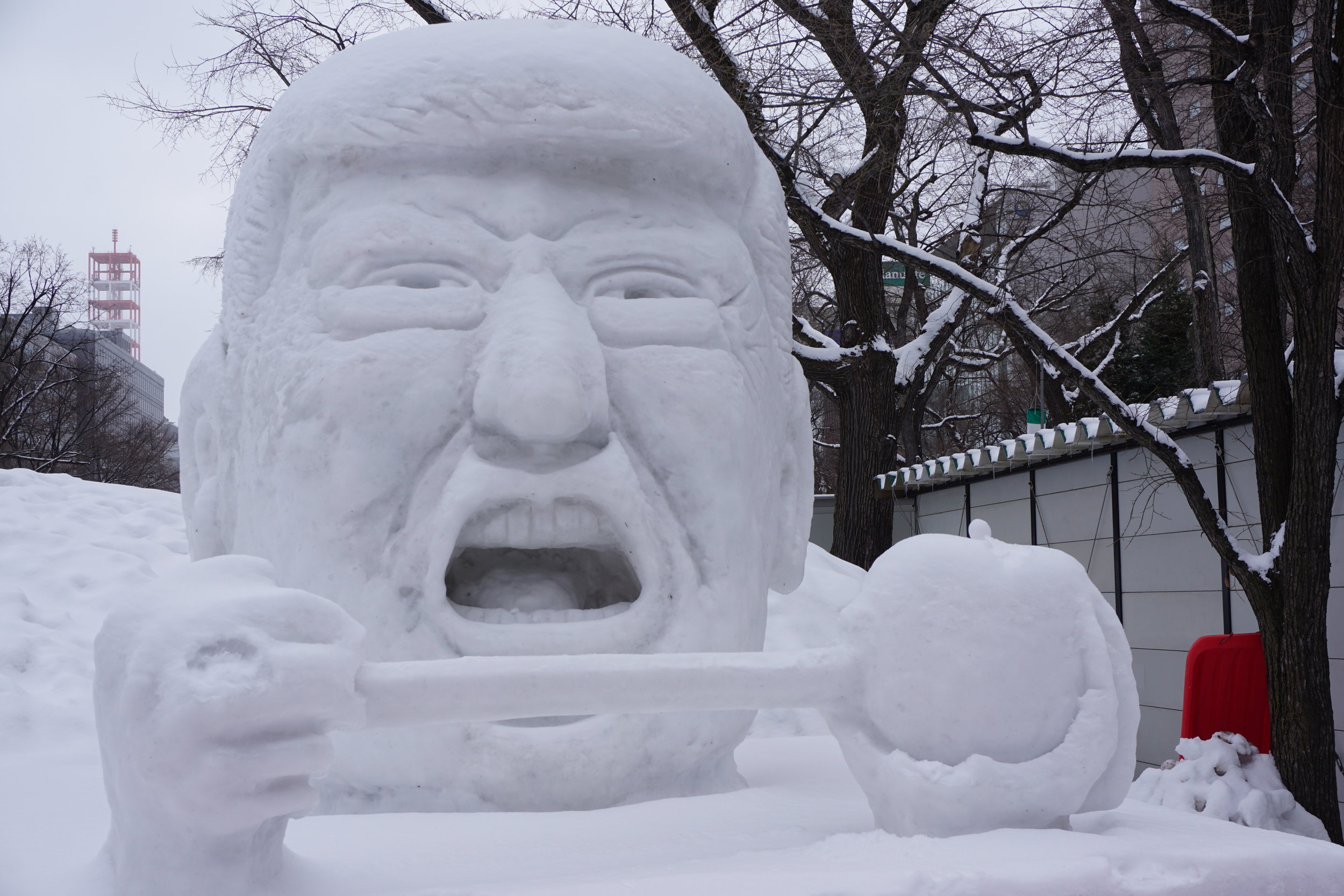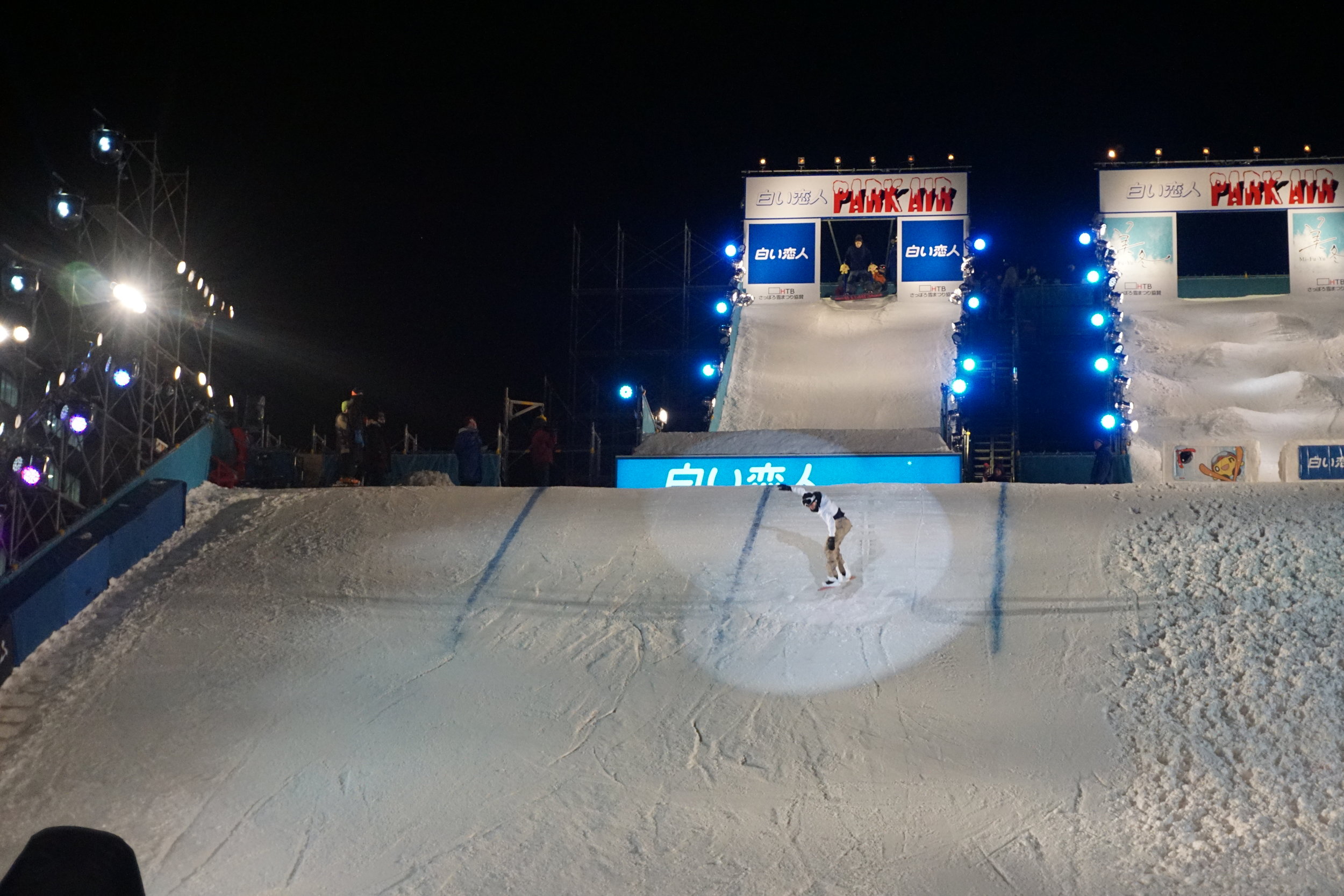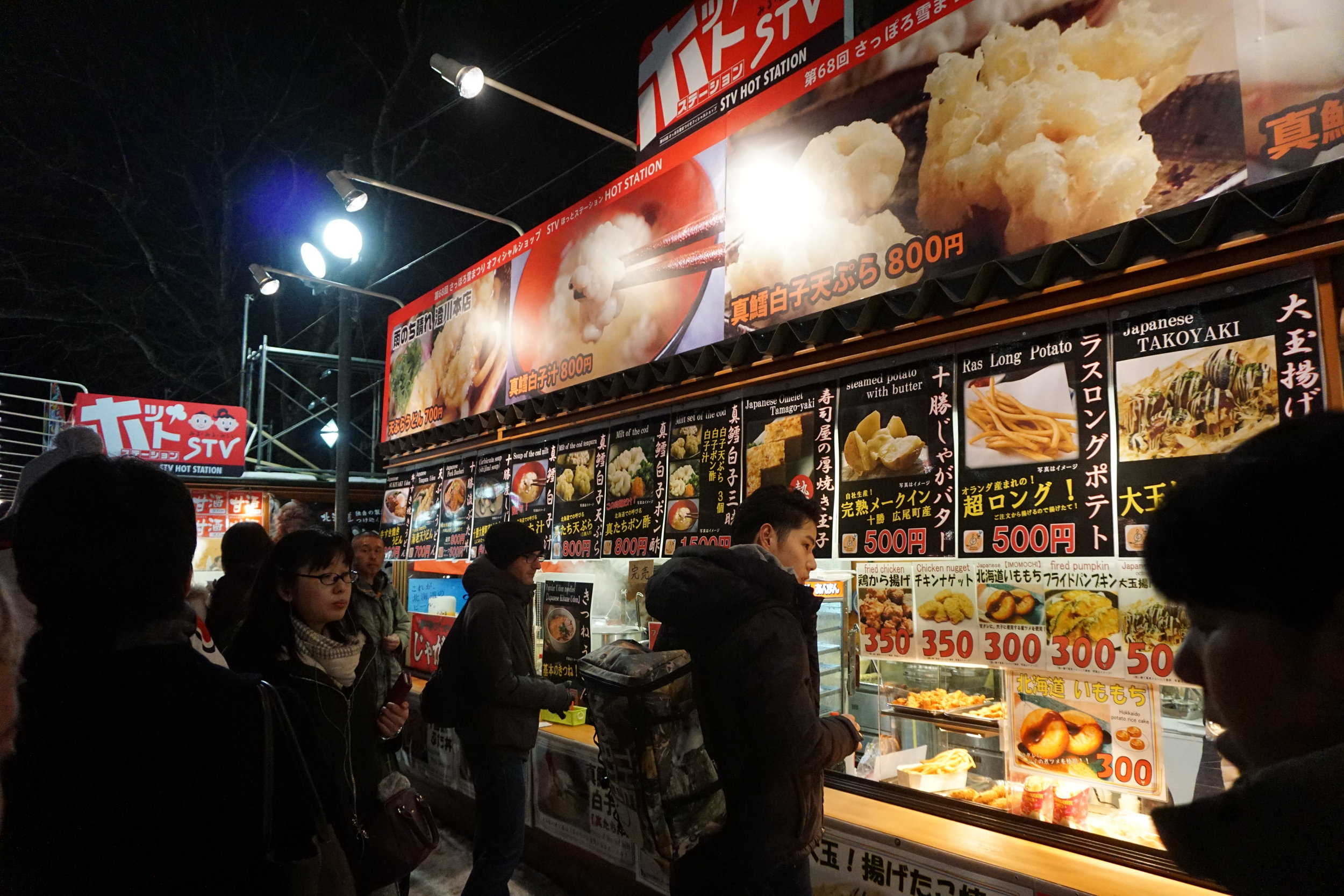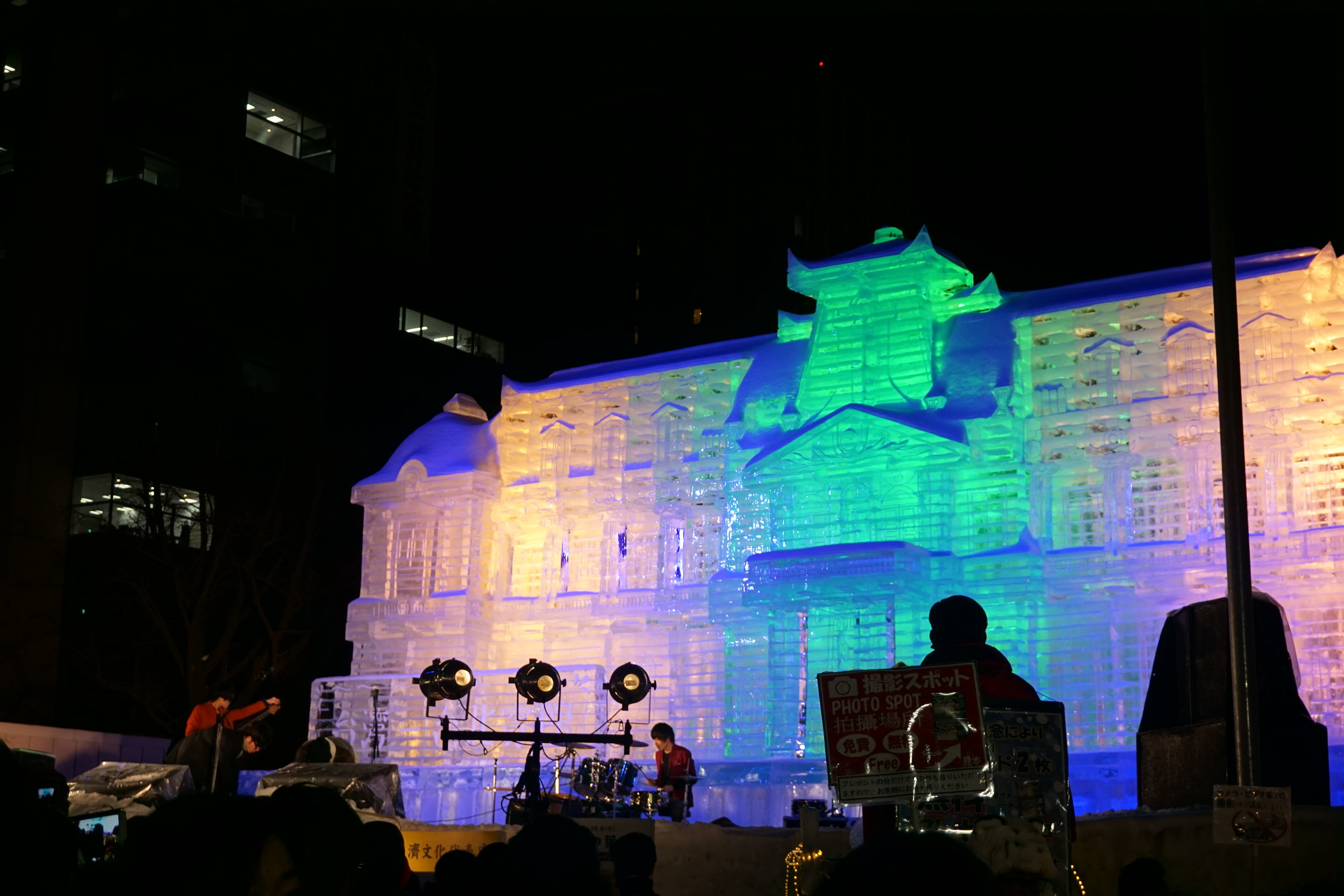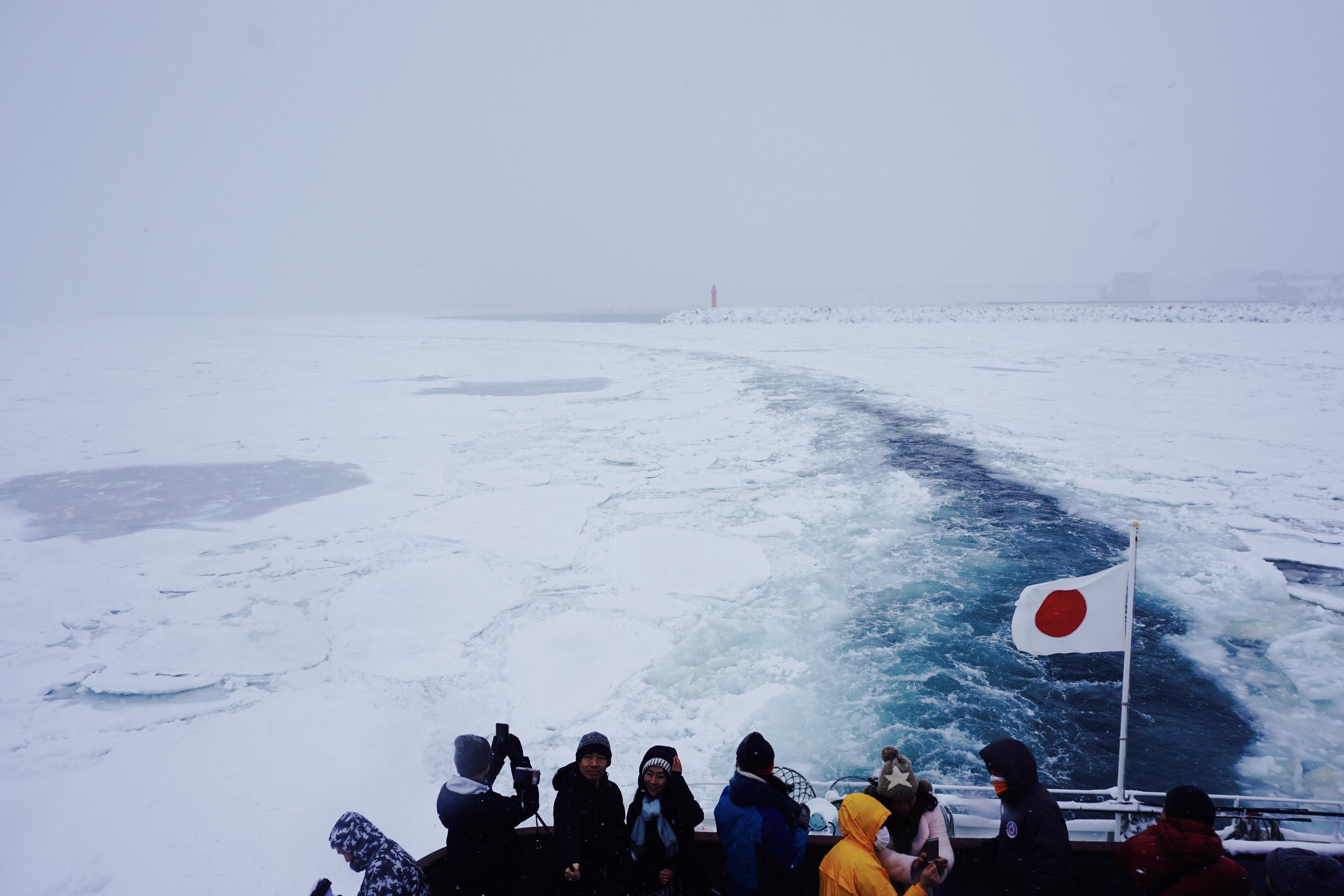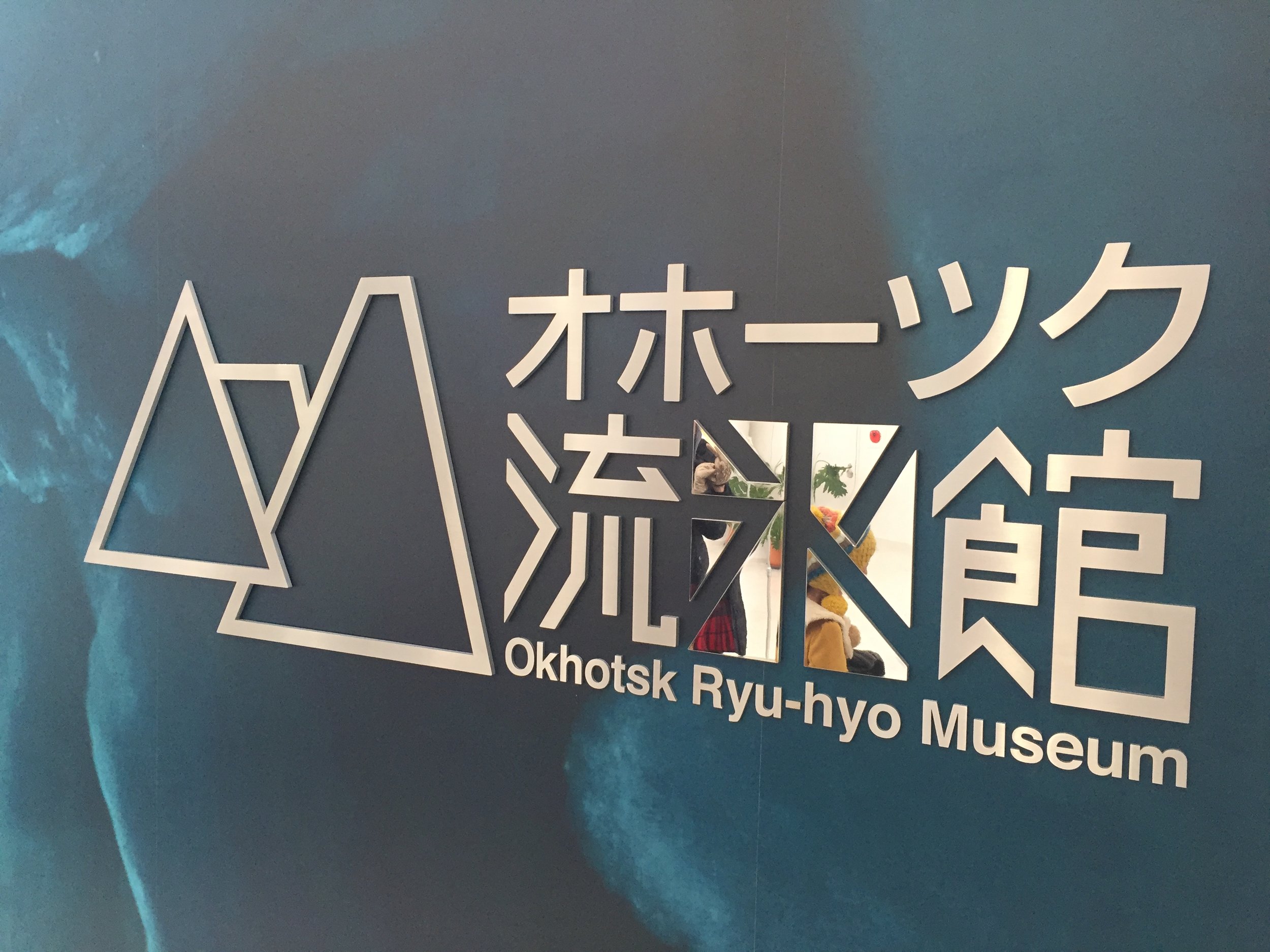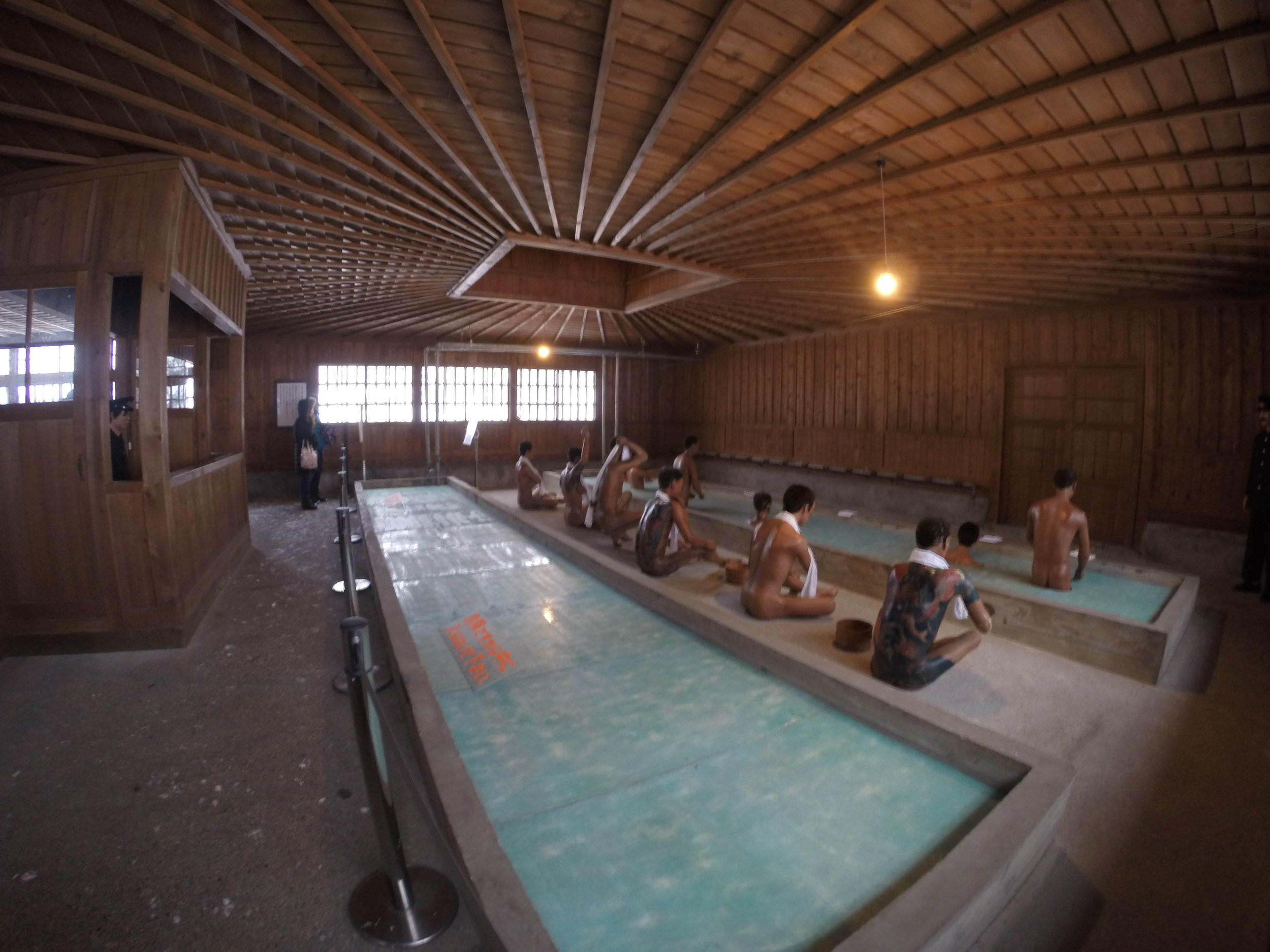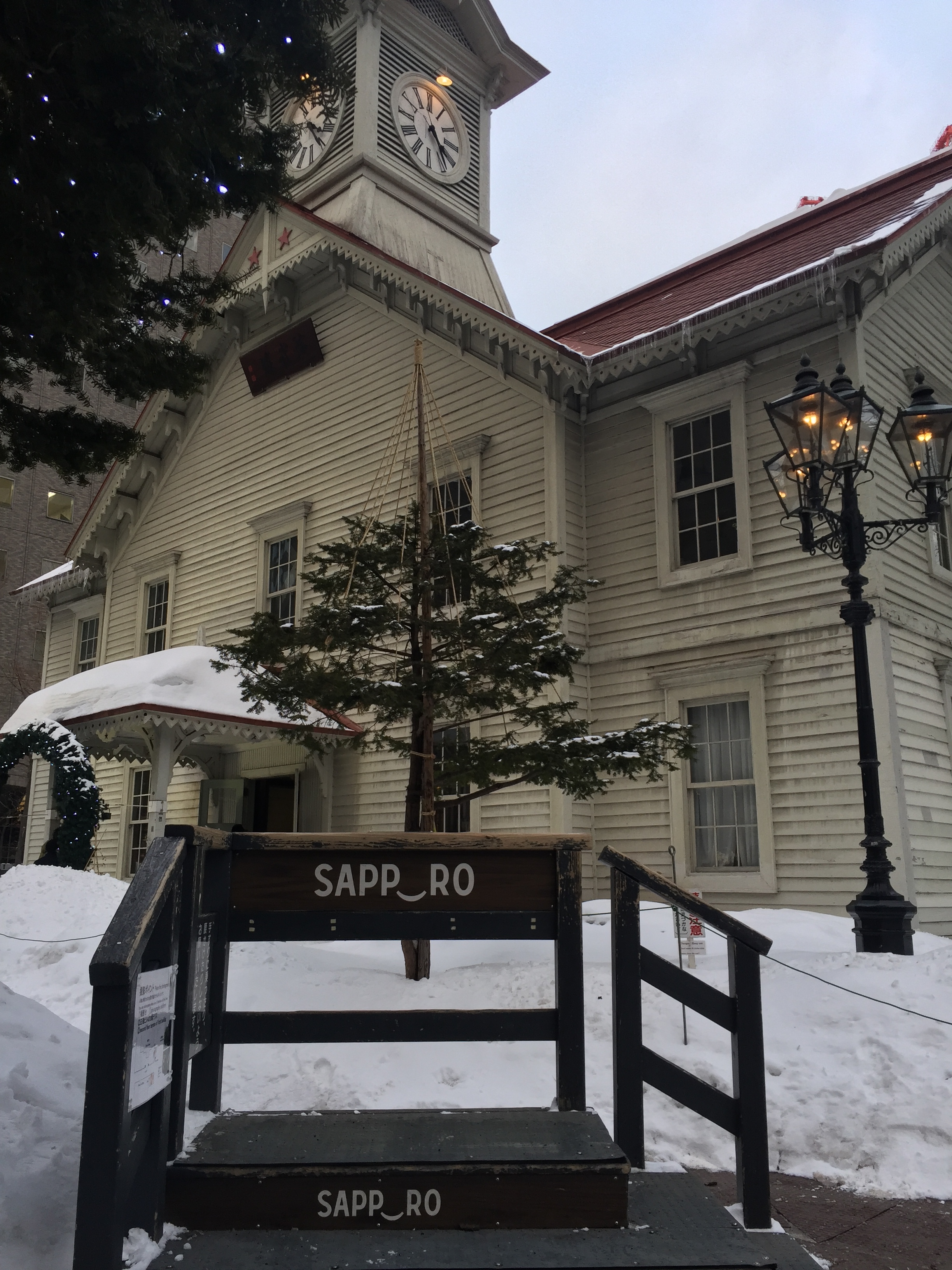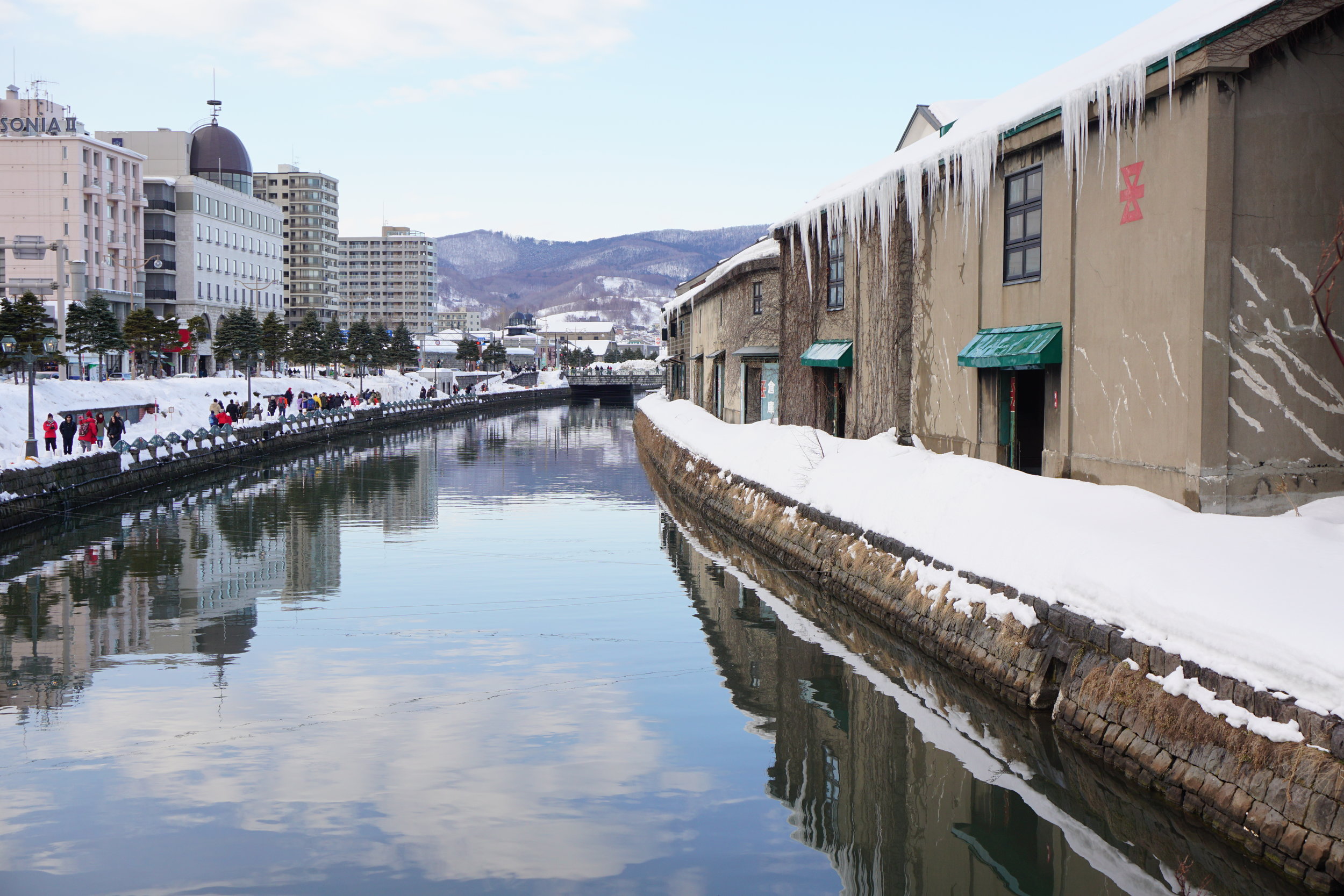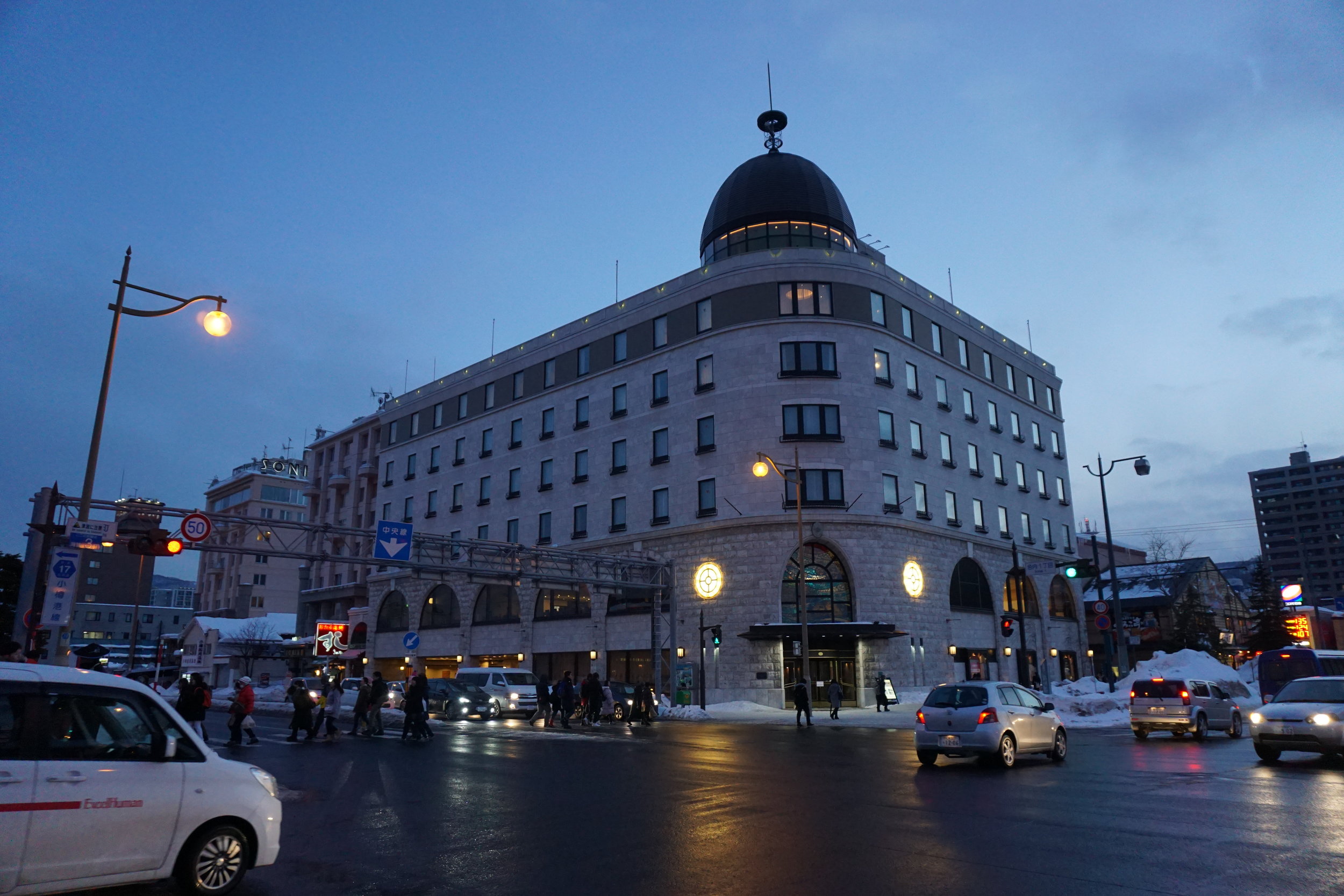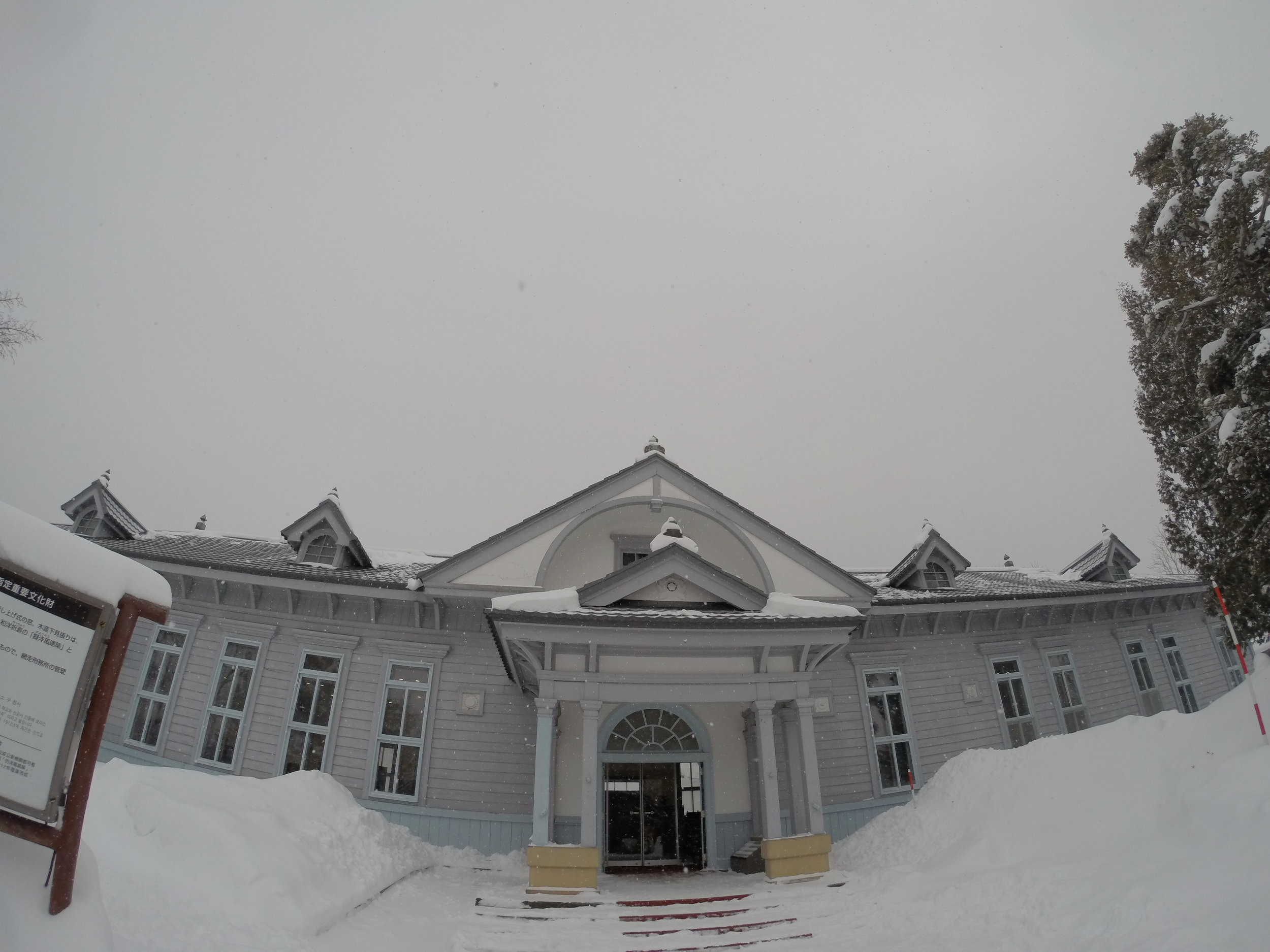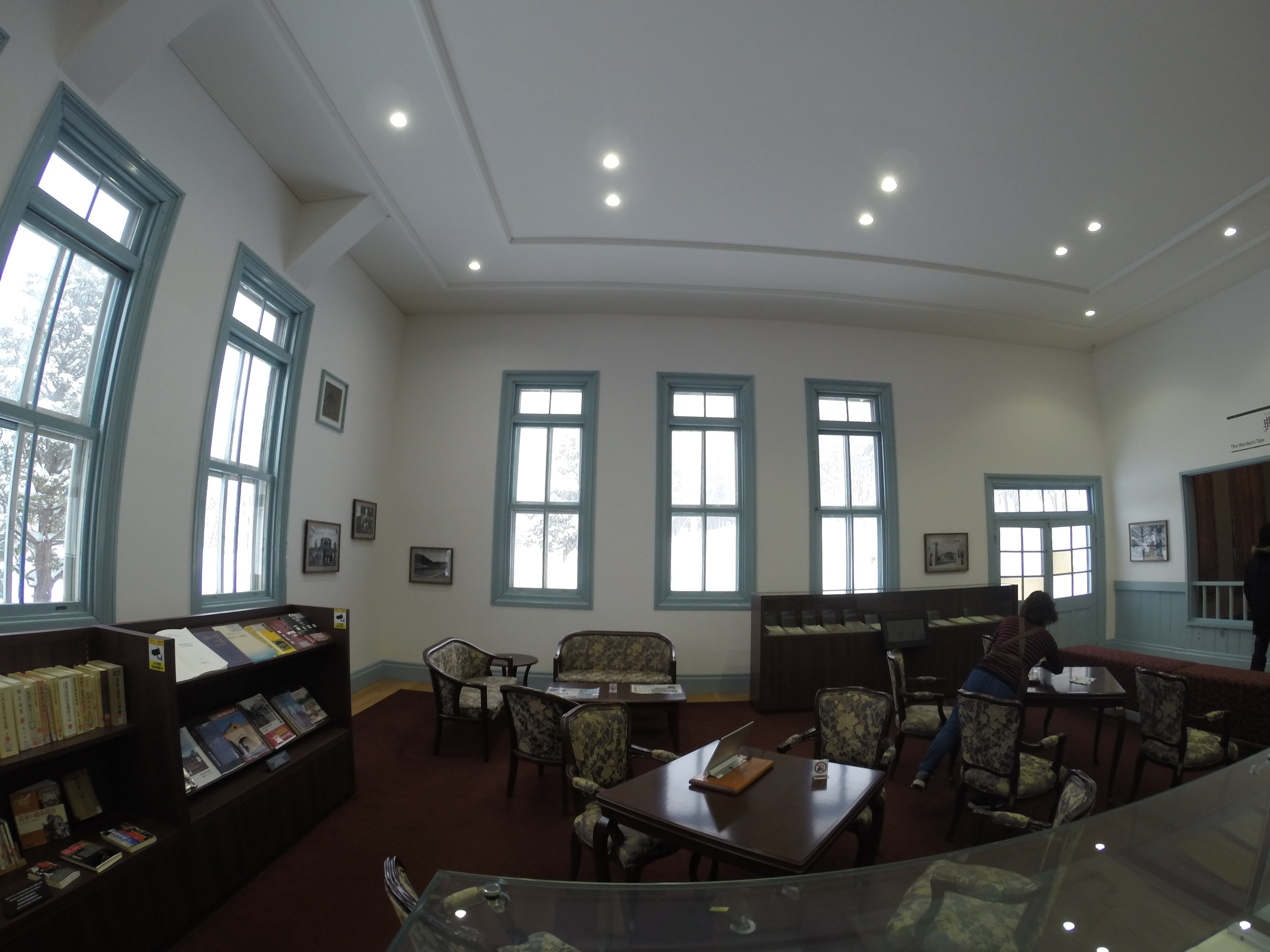This past February BeHere made our second journey to Japan's northern most land of Hokkaido. The first trip was in January of 2016 to go skiing in Niseko. I’d heard that it had some of the best powder in the world and as a newbie, I wanted something really soft to fall into. The ski did not disappoint and I loved every second of pizza’ing my way down the mountain overlooking Hokkaido’s version of Mt Fuji, Mt Yotei. I highly recommend individuals interested in skiing make a trip to Niseko. And since you've come all the way North, there are a few other destinations you should visit.
This second trip focused on the other amazing winter attractions Hokkaido has to offer. I built my itinerary around the annual Snow Festival in Sapporo and also visited Otaru, Yoichi, Abashiri, and Utoro along the way. Again. I loved every second of winter in Hokkaido. It was like living in a snow globe. At the end of this post you'll find our Google Map with all the restaurants, attractions and cafes we loved in Hokkaido.
Sapporo
First stop on the adventure was Sapporo. It’s a very modern and vibrant city, the largest in Hokkaido. In the summer I can imagine it full of beer gardens and more manageable summer temperatures. But right now it’s snowy and icy. There are convenient sand stations on most corners and I was amazed to see concerned citizens sprinkling the sand on icy patches on their way to and fro.
The main draw to Sapporo had been the annual snow festival which takes over Odori Park for two weeks in February. During the day you can tour the ice sculptures and watch performances. You’ll also find school children running around chatting with visitors and practicing their conversation skills. They’ll even teach you a thing or two about Hokkaido’s best products. Absolute delights!
At night the festival is all lights and sound. The ice sculptures turn into backdrops for projections, stages open for concerts, the beer and fish are abundant and the ski jump is active. It’s almost a completely different event from the daytime and I would recommend experiencing the festival at both times.
Outside of the ice festival some of my other stops in Sapporo were:
- For a history lesson: Sapporo Beer Museum
- For the best soup curry: Curry Samurai
- For a good coffee: Mingus Coffee
Scenic train from Sapporo to Otaru.
Yoichi
Next stop was Yoichi to visit the Nikka Whiskey Distillery. We took the scenic train from Sapporo to Otaru and then a bus to Yoichi (about one hour in total). From the train station it’s a five minute walk to the distillery. The distillery offers tours in Japanese that will introduce you to the facility and the whiskey making process, ending with a complimentary whiskey tasting! The facility has English translations under the plaques around the distillery, so if you don't speak Japanese, you can tour the facility independently. Whiskey is not brewed during the winter because of the cold temperatures, but will restart again in the Spring. Even still, the distillery was a gorgeous site, covered in a blanket of fresh white snow. Beyond the distillery there isn't much to do in Yoichi, so after I finished the tour I took the bus back to Otaru. If you are interestedIf in learning more about the founder of Nikka and his Scottish wife, watch Massan, a made for TV series about the pair!
Otaru
Otaru is absolutely charming and a haven for seafood lovers. Coinciding with the Sapporo Snow Festival, Otaru holds its annual lantern festival where it places tea lights in snow sculptures along the canal and walking paths in the city. After touring around the canals and lantern lit walkways we made my way to Sushi Kodai for a three and a half hour sushi feast. Normally a standing sushi bar wouldn't entertain customers for so long, but the chef at Sushi Kodai makes it feel more like a family reunion and encourages interaction between the 11 or so diners at the bar. The tight quarters create a warm and friendly environment and I’ve never had so much conversation across sashimi before.
Otaru is full of sushi restaurants, so if you cannot get into Kodai, you can try Isezushi or Masazushi.
The last train returns to Sapporo from Otaru at 11:10 PM. You just have to make sure you've finished your Nihonshu by then!
The entrance to Sushi Kodai down a lantern lit alley in Otaru.
Abashiri
From Sapporo we headed way, far north to Abashiri on the Ohotsuk sea. Abashiri is home to many ancient ruins from the Ainu culture - one of Japan’s native cultures - as well as a creepy prison museum, so much delicious crab and blue beer. The real attraction that brought us this far north was the possibility of seeing ryuhyo - drift ice. The cold winds from Siberia make it possible for drift ice to form in Abashiri and all along the Ohotsuk sea off the northern coast.
There is a bit too much to see in just one day, so if you can spread out your travels to include at least a day and a half in Abashiri it would be better. There is the drift ice cruise on the Aurora, the Museum of the Northern Peoples, the Ryuhyo Museum and the Abashiri Prison Museum. You could easily spend a couple multiple hours wandering around the massive prison museum - and since it closes at sundown you need to get there with plenty of time before that. The bus system is well organized, and amazingly on time even with all the snow. They run two buses an hour between all the major tourist destinations. A day pass will cost you 800 Yen.
Utoro
From Abashiri it's about two hours to Utoro, a destination within Shiretoko National Park. Shiretoko is a nature lover's paradise, from the bus we saw wild foxes running along the ice and huge eagles nestled out in the waters. There are tour companies in Utoro that bring you out onto the drift ice for a walk and a swim, we worked with Gojiraiwa! It was mind blowing. The fact that technology has created a fabric that keeps us warm and dry and able to get into arctic waters without contracting hypothermia is incredible.
The Aurora Ice breaker ship in Abashiri and walking on the drift ice in Utoro deserve their own article, stay tuned for more details in the next blog post!
Reflections
What struck me most this trip, was the amount of external influence I saw in the buildings, industry and historical figures. In Hokkaido industries were both foreign and familiar all at once. There was dairy farming, beer brewing, a prison system and while it was an idea you would normally associate with Europe or America it had it's own Japanese twist. At times I would look around and wonder if may we had wandered our way to Amsterdam or Berlin by accident. Just because the surroundings were so reminiscent of those destinations with the brick building, roofs and canals. Hokkaido was largely populated during the Meiji Era when Japan was opening itself up to ideas from the Western world. It set up commissions with foreigners to help consult on the industrialization of the area and it shows. But not in a, "Japan lost it's culture" way, but more in a appreciation for their ability to accept new ideas, refine those ideas and incorporate them into their lifestyle.
It was hard to leave at the end of the week. But the saving grace was a last minute stop into New Chitose Airport's ONSEN! The onsen is open 22 hours a day, from 10am to 8am. And you can stay there overnight if you have an early morning departure.
There is so much to see in Hokkaido and we cannot wait to get back there. Planning a trip for this summer that will take us to the Sapporo International Art Festival, Biei, Wakkanai and Shiretoko!
Highlights Map
If you are planning an adventure up to Hokkaido here is a handy Google map with some of my favorite destinations from the trip!


